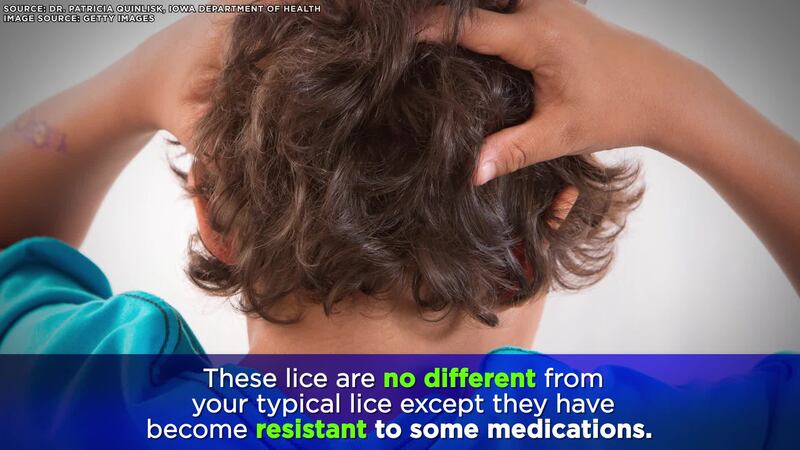As families prepare for the back-to-school season, many on social media are talking about a study that suggest the mutated type of head lice has been found in 48 states – including Washington.
A study in the Journal of Medical Entomology found that in North America, most head lice has evolved into a new, more powerful strain that is immune to traditional lice treatments, hence the name "super lice."
The study published in March 2016 found every state had a mutated lice except for Alaska and West Virginia, which did not have populations analyzed.
%
%
What’s the best way to avoid it?
Because super lice can be difficult to get rid of, prevention is key.
Preventing lice is much easier than trying to kill the persistent bugs once they spread.
The risk of transferring lice can be reduced by reminding children not to share hats, hairbrushes, combs or hair accessories. Also, they should as regularly inspect their hair.
Headlice.org, from the National Pediculosis Association says the "No Nits" policy is important to control the spread of lice and to teach children about public health. They say no treatment will fully eliminate lice eggs and the only way to prevent further lice is by manually extracting them.
What am I looking for when I check my child for lice?
What most people see when they are looking for lice are nits. Nits are lice eggs laid at the base of the hair shaft. According to the CDC: “Nits are firmly attached to the hair shaft and are oval-shaped and very small (about the size of a knot in thread) and hard to see. Nits often appear yellow or white although live nits sometimes appear to be the same color as the hair of the infested person. Nits are often confused with dandruff, scabs, or hair spray droplets. Head lice nits usually take about 8–9 days to hatch."
What if I think I need treatment?
For families dealing with lice, it may come down to learning from other local families whether lice are resistant to treatment. Doctors recommend trying the over-the-counter medications containing one percent permethrin or pyrethrins first -- unless the “super” lice in the area are known to be pyrethroid-resistant.
CBS News reports for truly resistant lice, the second line of defense could be one of the new, stronger prescription-only medications. But they contain strong chemicals and should be a last resort.
Parents should consult a medical professional on the most effective, safe treatments for super lice.
Cox Media Group








